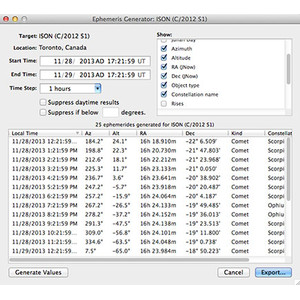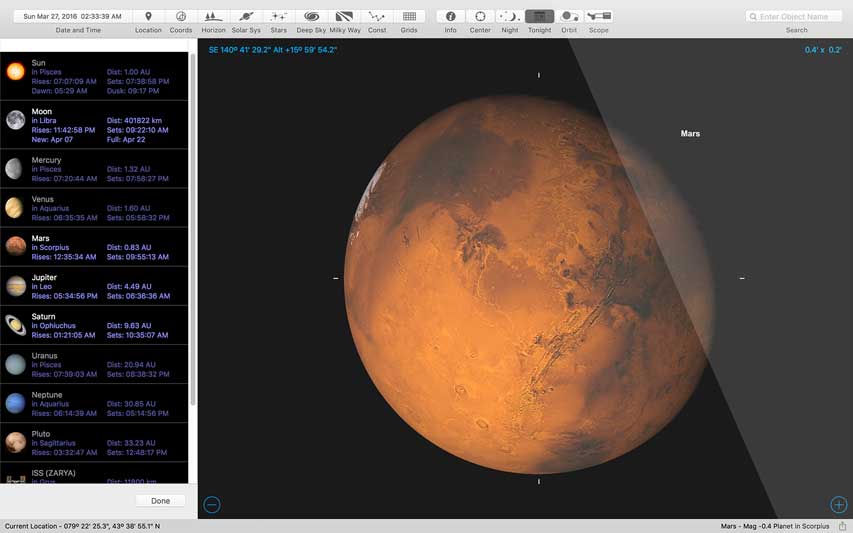

- #STARRY NIGHT PRO 8 SCREENSHOTS HOW TO#
- #STARRY NIGHT PRO 8 SCREENSHOTS MANUAL#
- #STARRY NIGHT PRO 8 SCREENSHOTS ISO#
Part of Orion constellation magnified on playback screen. You can use the operation buttons to move the area being magnified, so you can search for bright stars to focus on. Adjusting the focus on a small star while viewing the LCD screen can be very difficult, so use the Focus Magnifier and MF Assist functions to help you focus on bright stars as they appear magnified on the monitor.
#STARRY NIGHT PRO 8 SCREENSHOTS MANUAL#
Autofocus (AF) does not work in dim settings such as a night sky, so adjust manual focus (MF).
#STARRY NIGHT PRO 8 SCREENSHOTS ISO#
First try shooting with ISO 400, and then find the proper value by checking the shooting results.Īfter the above three settings are configured, you're ready to start shooting, but first you must adjust focus on the stars. The proper sensitivity cannot easily be determined because it differs greatly according to the amount of light pollution and moonlight, the lens being used, the shooting location and day. So if the shutter speed is too long, you will end up with the stars looking like lines in the image, and it will be difficult to capture them more clearly. Unlike a fixed scene shot using a tripod, stars are constantly moving at a slow rate.

2.Shutter speedĪlthough shutter speed will depend on the lens being used, try setting it to around eight seconds. Open the aperture as much as possible when shooting to capture more light and make it easier to photograph the stars. This enables you to capture more stars and scenery at the same time. If you are using a zoom lens, use the wide-angle setting (shortest focal length).
#STARRY NIGHT PRO 8 SCREENSHOTS HOW TO#
There are several ways to photograph the night sky, including capturing the stars as you see them, capturing a time-lapse image with the stars in motion, and capturing a nebula with a telephoto setting.įirst, we will explain the easiest approach: how to capture a still image of the stars. Configuring the Camera SettingsĪfter the camera is secured to a tripod, configure the camera settings. Also, when using a tripod, be sure to disable the image stabilization function to prevent malfunction. This can prevent blurring due to vibration when pressing the shutter button.

Although a remote commander is useful when shooting with a tripod, you can also set the self-timer to two seconds if a tripod is not available. The shutter must be kept open for a long time to photograph stars, so secure the camera to a tripod as if you were shooting night scenes. We recommend shooting during a new moon or after the moon has set. For stunning photos of the stars, it's best to go to a high elevation or mountain with little light pollution and a clear sky, but you can also try shooting at a nearby park with no visible city lights.Įven moonlight is light pollution when it comes to photographing the stars. In large urban areas, artificial nighttime lights (light pollution) illuminate the night sky, making it difficult to see the stars. The key to taking beautiful photos of the night sky is selecting the right environment. Here, we introduce some techniques for beginners to create spectacular photos of stars. Have you ever wanted to shoot a star-studded night sky? With the right technique, your camera can capture a myriad of light sources above. Focal length: 16 mm (35 mm equivalent), f-stop: 2.8, Shutter speed: 30 seconds.


 0 kommentar(er)
0 kommentar(er)
